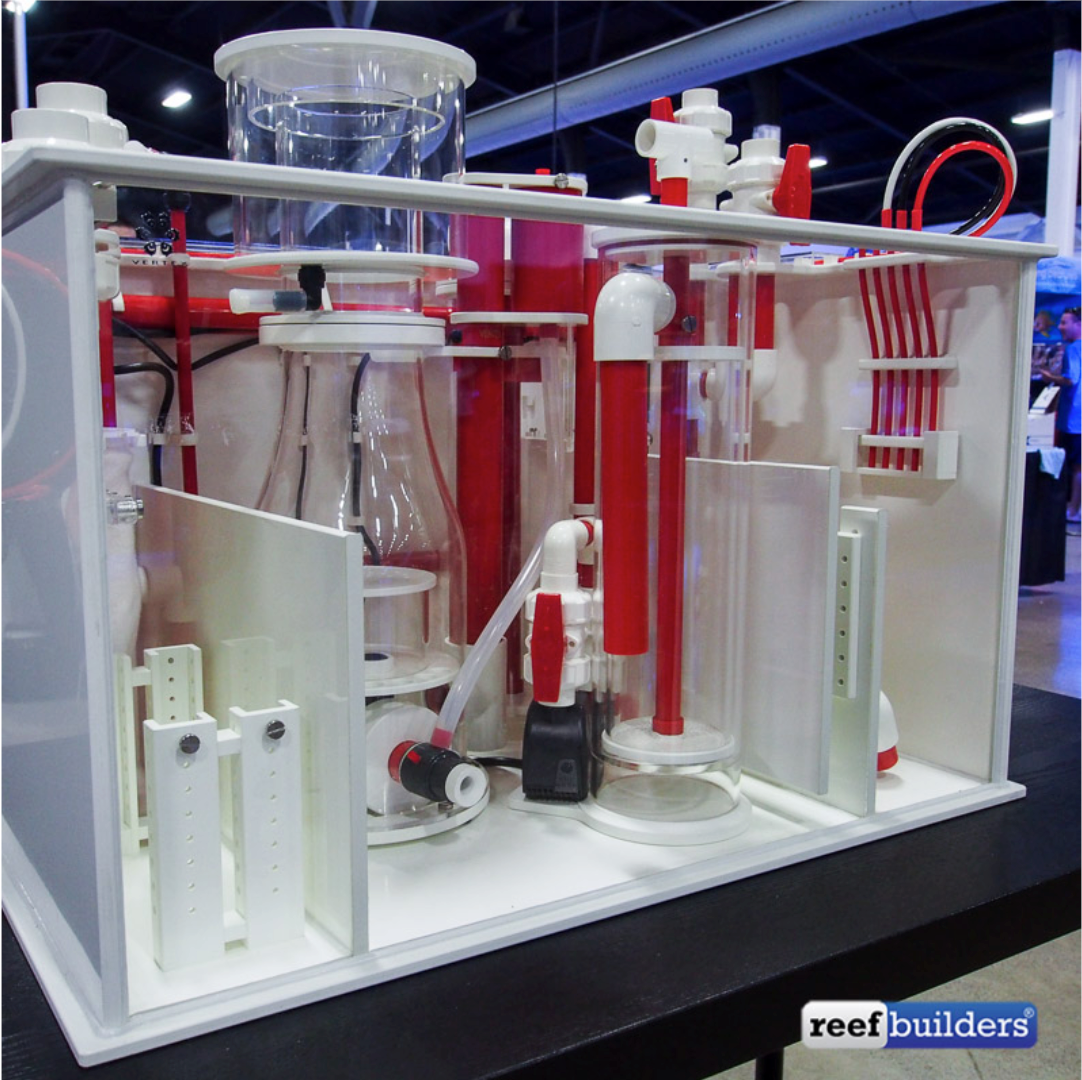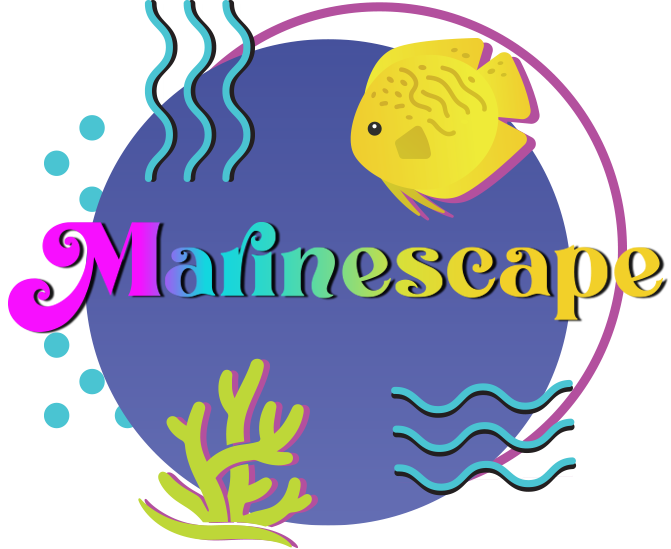How many fish is too many fish?
First as a quick disclaimer about any views I express in this post, they are NOT SUGGESTIONS about how every aquarium should be stocked; considerations such as budget for equipment/filtration, frequency of feedings for the tank inhabitants, time dedicated to system upkeep, or even the artistic image the reefkeeper has in mind about what their aquarium should look like, are all aspects of the hobby that are personal choices that everyone will have to make which will affect how they approach stocking levels. Therefore, coming up with a one-size-fits-all answer to this question isn’t really possible, nor would I even want it to be, since the unique ways that everyone approaches this question is what makes this hobby so unique, individual and expressive. So without further ado, let’s explore by answering some common questions many aquarists have when they first start introducing life to their tank!
“How many inches of fish per gallon?”
Odds are this is the first angle any beginner aquarist approaches this topic, and they get informed of the classic 1 inch of fish per 1-3 gallon “rule”. In my opinion, this is only a useful guideline when thinking about the related chemistry that occurs when we increase the number of organisms we add to the aquarium. With more mouths to feed comes the responsibility to add more food to the aquarium, which inevitably results in more waste produced that has to be removed from the system. Depending on how we set up the system, this can range dramatically. While a system can certainly be sustained on a HOB filter and water changes, it won’t be as robust of a system that incorporates a sump packed with a protein skimmer, algae turf scrubbers and an automated carbon dosing system (to name a few ways of reducing waste buildup).

Adams, J. (2016, July 26). Vertex supra C+ filter is a hyper-engineered reef sump: Reef builders: The reef and saltwater aquarium blog. Reef Builders | The Reef and Saltwater Aquarium Blog. https://reefbuilders.com/2015/10/13/vertex-supra-filter/
We have to then play a balancing act of adding things to the system while monitoring and maintaining nitrate and phosphate levels (or in the case of a brand new system, ammonia and nitrite levels) to see what our system is capable of and making adjustments as needed.
“Does this fish do well alone?”
Almost certainly it doesn’t. While there are a few notable exceptions for this such as a pair of clownfish, or certain species of predator fish, most of the fish we keep are social creatures that live in diverse and densely packed ecosystems, and will feel more comfortable in an aquarium that reflects that. In this context, “alone” doesn’t just refer to having multiples of the same fish but other tank mates as well, as schooling or shoaling behavior is quite rare to see in this hobby. For example, while an aquarium large enough to have a school of a dozen or more Hippo Tangs (Paracanthurus hepatus)
is well beyond the reach of all but the most elite reef keepers, we can certainly add other small, active fish such as wrasses, chromis, blennies or even other species of tangs that can give these fish the feeling that they are a part of a complex social structure.

The reality is that many of these animals will be more active and behave more confidently when surrounded by other reef organisms, and when kept alone will usually find a cave or other hiding spot and stay out of site, or worse, refuse to come out during feedings partially because they associate the idea of being alone with the presence of a predator nearby (seek further information on dithering for more on this phenomena)
“What’s the biggest fish I can put into my tank?”
This is probably the most divisive question here that will raise the most controversy, but we’re this deep anyways so let’s take a stab at it!

There is certainly more to providing a stimulating environment than just tank size; Large angels such as the pomacanthus genus enjoy a combination of open spaces to swim and large caves to dive into, hawkfish will appreciate a perch that oversees the reef in front of them, chromis and damsels will swim in and out of branching structures and SPS colonies, and some species of gobies are perfectly content to make a hole in the sand to live in with a symbiotic shrimp. This is to say, the volume of the aquarium is just one of many considerations when thinking about housing any particular fish, as is almost akin to giving yourself a playground to build an ecosystem inside of it. If we have failed to provide these niches to the fish, it may not be as simple as not providing a big enough playground, it could just be a matter of poor choices when aquascaping or coral placements.
Revisiting the idea of bioload in the system, if we add a big predator fish like a Volitan Lionfish (Pterois volitans) into a relatively small aquarium, we face the challenge of adding fish that are at the same time big enough to to become expensive snacks, while also not producing so much waste that we can’t keep up with the necessary husbandry. It’s unfortunately a law of nature that “big fish eat small fish”, and if we’re forced to add other large fish into the system as tankmates, we have to be sure that the system we built is capable of processing the amount of waste we are demanding it to.
Final thoughts
So how many fish is too many? Well, it depends. If you have a system you can trust to keep waste from building up, an aquascape that can provide homes for all the fish you want to keep, and perhaps most importantly the diligence to pay attention to all of your inhabitants and the cleanliness of the water they swim in, I’d say the more the merrier! Obviously I wouldn’t advocate going out and tripling your fish population in a single trip to your LFS, but ideally a reef tank should house a healthy diversity of fish and other reef organisms that complement each other in the spaces they inhabit. I would even go as far as to say that, if chemistry weren’t a limiting factor, my ideal reef would be far more densely populated than most reef tanks I see. Strictly speaking on the psychological aspects of keeping fish happy and healthy, a busy reef is a more favorable environment than a sparsely populated one.






